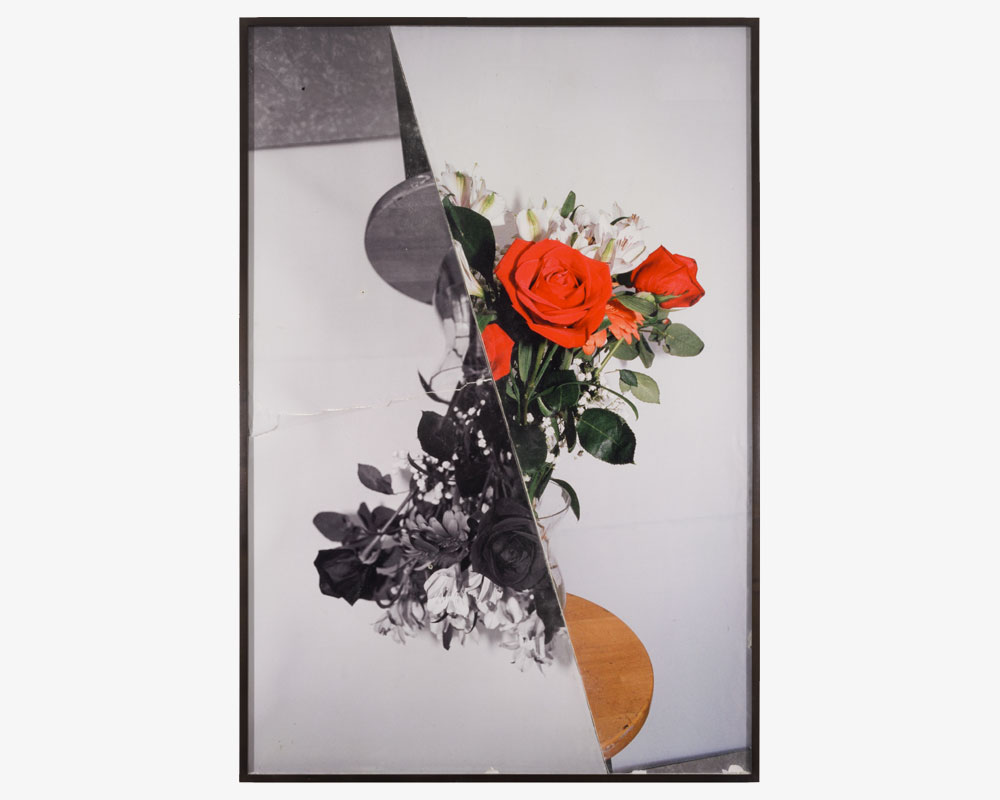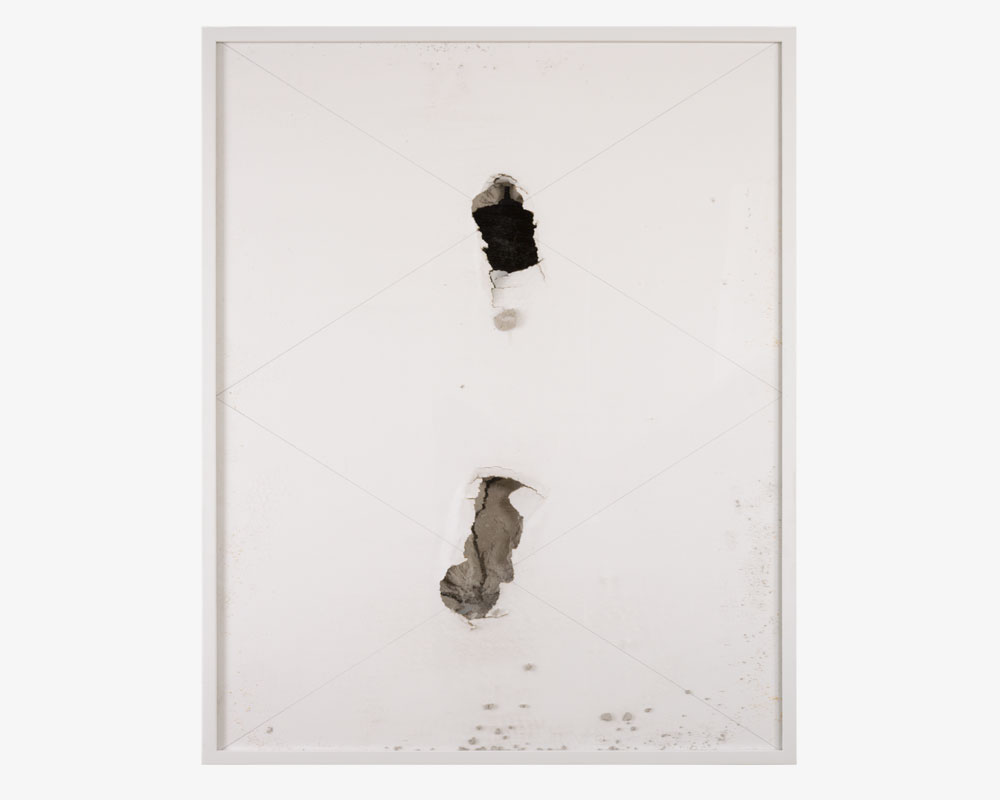ADAM MARNIE
Although Adam Marnie started as a painter, “because that’s what I thought art had to be,” he basically gave up on the medium when he enrolled at the Rhode Island School of Design and started to explore sculpture and collage work. After receiving a BFA (he later earned his MFA at Bard in 2011), Marnie moved to New York and started working with artists and galleries as an assistant and art handler. This transition exposed him to new materials and the encasing of objects, something that becomes evident in his crate-like installation pieces and his use of the gallery wall as a canvas or sculptural element. When speaking about his recent Derek Eller Gallery installation, Marnie is excited about the fact that it was site-specific and had to be experienced and will never be experienced in the same way ever again.
In his recent exhibition “Locus Rubric” last October at the Derek Eller Gallery in Chelsea, New York, Marnie used the gallery space itself as a work of art. By mounting his still-life photographs of flowers onto the sheetrock walls and cutting them out and repositioning them within the space, he created an experience where the pieces found a new way of communicating. When these pieces were exhibited at the New Art Dealers Alliance Art Fair during Art Basel Miami Beach in December, their impact was altered by their being literally taken out of their contextual environment and presented framed. Another piece included there was a framed pillar-like sculpture in sheet rock with fist-sized holes, also originated from Derek Eller.
Although Marnie is himself a photographer as well as a sculptor, he likes taking an anti-photographic standpoint because, as he puts it, photography documents something that is meant to be experienced first-hand. This conviction helps explain why he feels he has to add something to the photographic image for it to become something new and present it as a three-dimensional work, something he explains as a “mental mixing of experience.”
Though his work seems to take its starting point in Minimalism, “The cube is not enough in itself,” as he puts it. But by adding the pictorial element and deconstructing the sculpture and framing it, “it is revealing something new by withholding information.” The viewer’s attention is shifted to “the fissures within the frame” and “the hole becomes the focal point,” a practice that he shares with artists like Gordon Matta-Clark and in some ways also Robert Mapplethorpe, whom Marnie names as hugely influential mainly through his beautiful still lifes of flowers. In a way Marnie takes Mapplethorpe’s unconventional framing and presentation even further by incorporating space itself and then reframing it.
Images courtesy of the artist and Derek Eller Gallery.



















